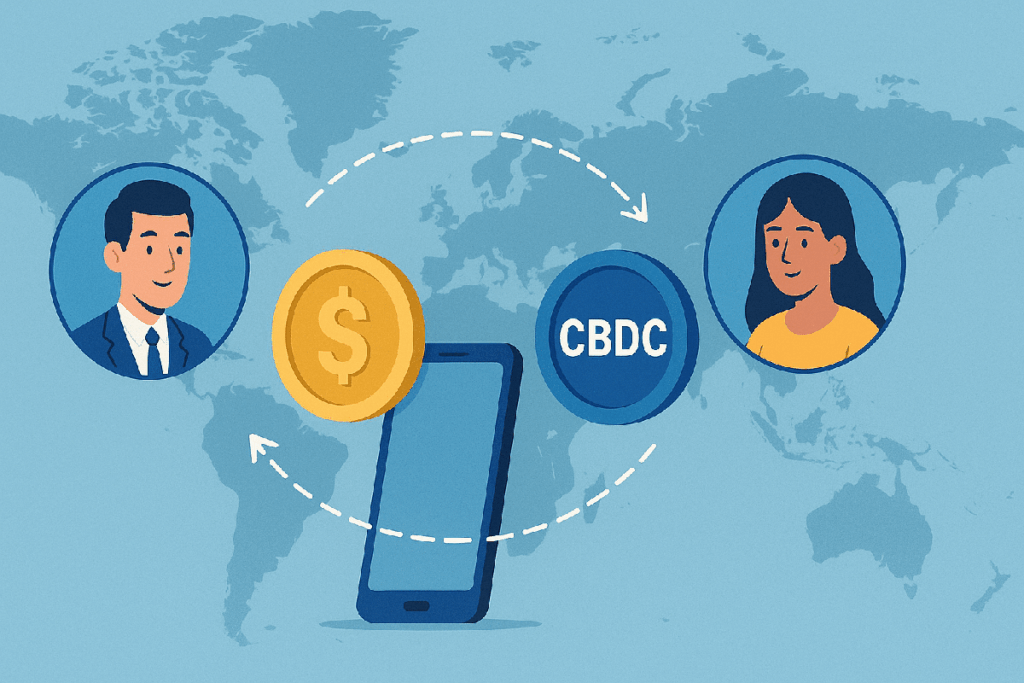The Evolution of Cross-Border Payments: A Deep Dive into Stablecoins and CBDCs
Cross-border payments have historically been plagued by high costs, delays, and complexities, creating significant challenges for individuals and businesses alike. However, the emergence of digital currencies such as stablecoins and Central Bank Digital Currencies (CBDCs) is revolutionizing the cross-border payment landscape, offering a more efficient, cost-effective, and user-centric alternative.
The Benefits of Stablecoins and CBDCs in Cross-Border Payments
Stablecoins and CBDCs bring a myriad of advantages to cross-border transactions, including:
- Speed: Traditional cross-border payments can take days to settle, while transactions with stablecoins and CBDCs are near-instantaneous, enabling swift fund transfers across borders.
- Cost-Efficiency: Conventional international transfers often involve high fees and unfavorable exchange rates. In contrast, stablecoins and CBDCs offer low-cost transactions, reducing the financial burden on senders and recipients.
- Accessibility: Access to traditional banking services may be limited in certain regions, hindering individuals’ ability to participate in the global economy. Stablecoins and CBDCs provide a more inclusive payment infrastructure, empowering unbanked populations to engage in cross-border transactions.
- Security: The decentralized nature of stablecoins and the backing of CBDCs by central authorities enhance the security of cross-border payments, reducing the risk of fraud and ensuring the integrity of transactions.
The Paradigm Shift in Cross-Border Payments
The evolution of cross-border payments through stablecoins and CBDCs represents a fundamental transformation in the financial ecosystem, moving towards a more efficient and user-centric model. By leveraging blockchain technology and digital innovation, these digital currencies streamline cross-border transactions, fostering greater financial inclusion and global connectivity.
According to Sam Boolman, ChainIntel’s lead analyst, “The integration of stablecoins and CBDCs into cross-border payments reflects a pivotal moment in the financial industry, demonstrating the potential for enhanced efficiency, transparency, and accessibility in global transactions. As digital currencies continue to gain traction, traditional payment systems are facing increasing pressure to adapt to the evolving landscape.”
As the adoption of stablecoins and CBDCs accelerates, stakeholders in the financial sector are tasked with navigating the opportunities and challenges presented by these transformative technologies. From regulatory considerations to technological integration, the shift towards digital cross-border payments requires a strategic approach to maximize the benefits for all participants.
Overall, the convergence of stablecoins and CBDCs in cross-border payments heralds a new era of financial innovation, offering unprecedented speed, efficiency, and inclusivity in the global movement of funds. By embracing these digital advancements, individuals and businesses can transcend traditional barriers and engage in seamless cross-border transactions, paving the way for a more interconnected and accessible financial landscape.


